7 Interesting Facts About the 2017 Solar Eclipse
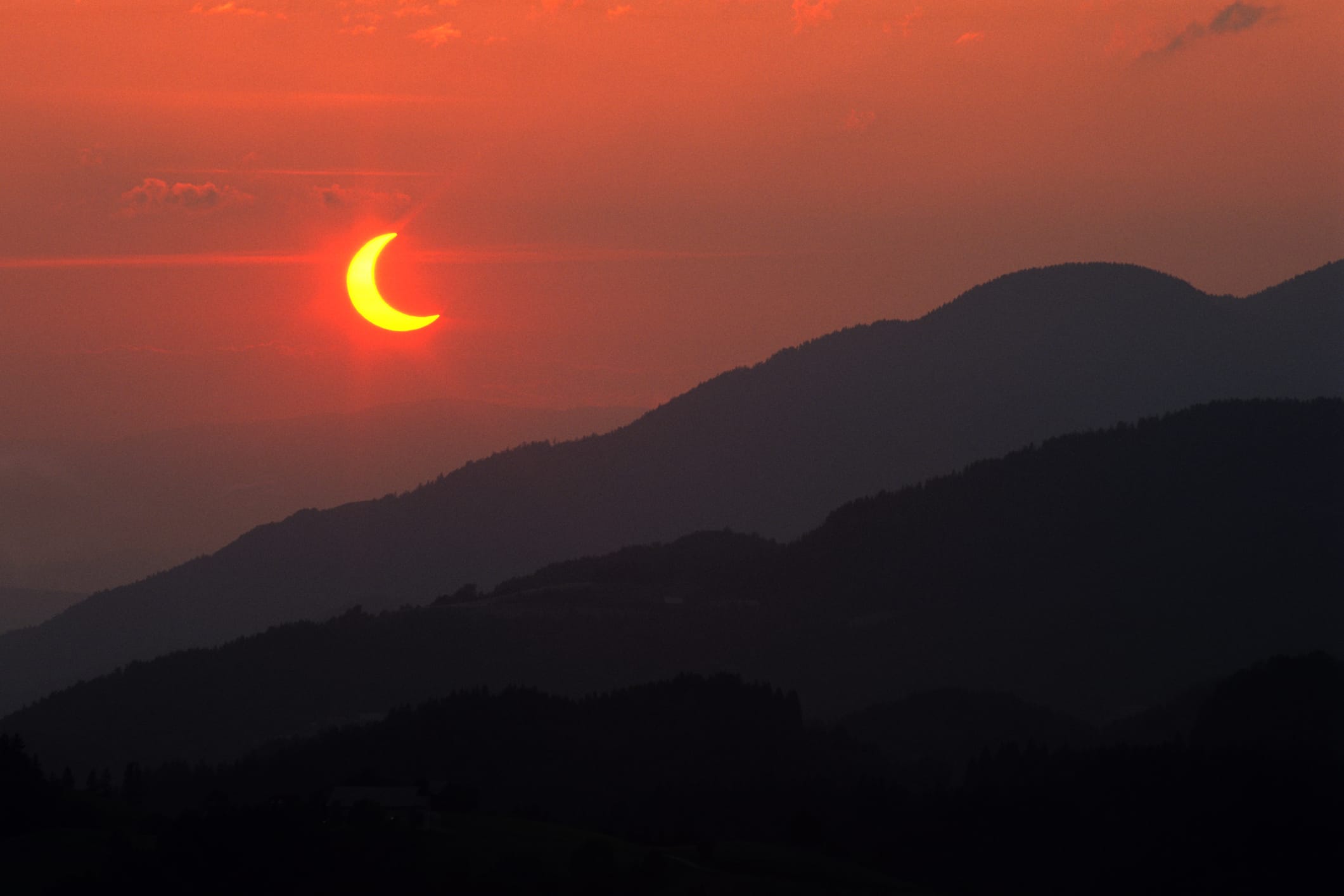
I don't know about you, but I have solar eclipse fever!
I was too young to remember the last solar eclipse in the U.S. back in the late 1970s, so I'm going to make the most of this opportunity and hopefully see one heck of a show.
And what a show it will be for people from Oregon to South Carolina and all points in between.
But there's a lot more to an eclipse than the moon simply moving between earth and the sun.
Here's a handful of interesting tidbits about the upcoming 2017 solar eclipse.
Umbra vs. Penumbra
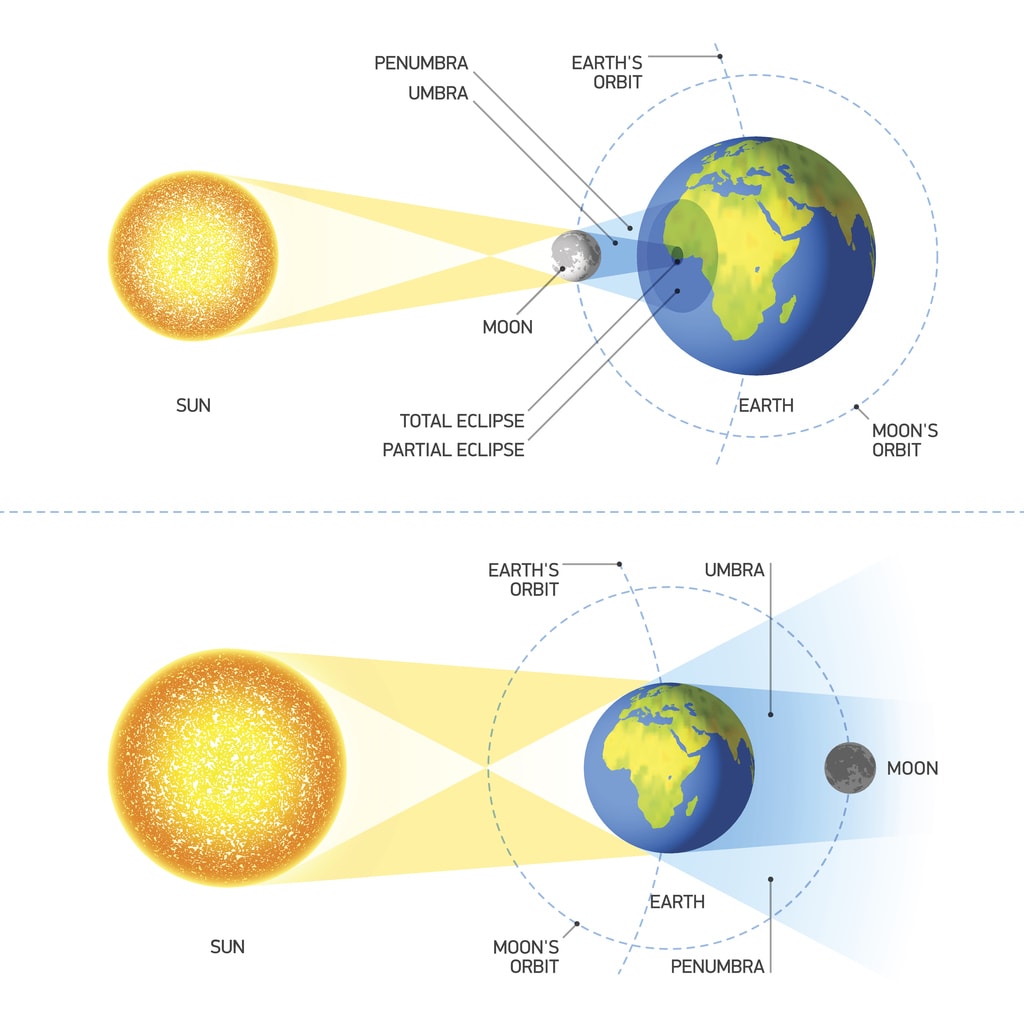
For the uninitiated, a solar eclipse occurs when the shadow of the moon blocks the sun's rays from reaching the surface of the earth.
If you happen to be in the path of the darkest shadow, you'll be in what's called the umbra.
Conversely, if you're toward the edges of the shadow - the penumbra - you'll only see a partial eclipse.
Still, even a partial eclipse is a sight to see!
You Need Eye Protection
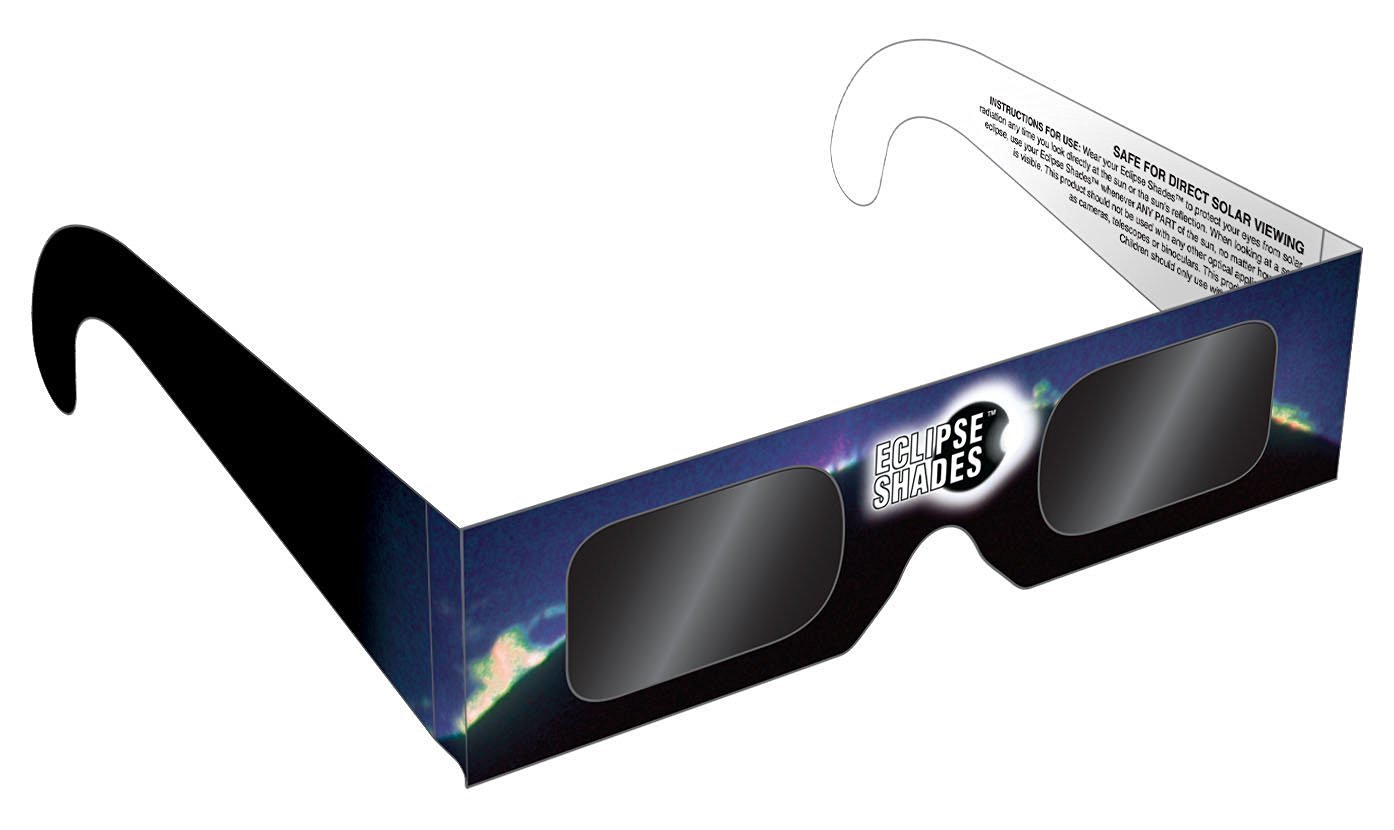
Even if you're in the path of the total eclipse, you still need to protect your eyes and your camera from damage.
That's because other than the time in which it's completely dark at the height of the eclipse, there's enough sunlight to cause you permanent eye damage.
According to NASA, the safest way to view the eclipse is by using eclipse glasses or viewers that are certified for such purposes.
When looking for eye protection, look for glasses or viewers that meet the ISO 12312-2 international standard.
Even if they meet these standards, look at your glasses or viewers ahead of time to ensure they aren't damaged in any way.
The slightest scratch can render the filtering material useless, and you could end up with damaged vision.
Your Camera and Lens Need Protection, Too
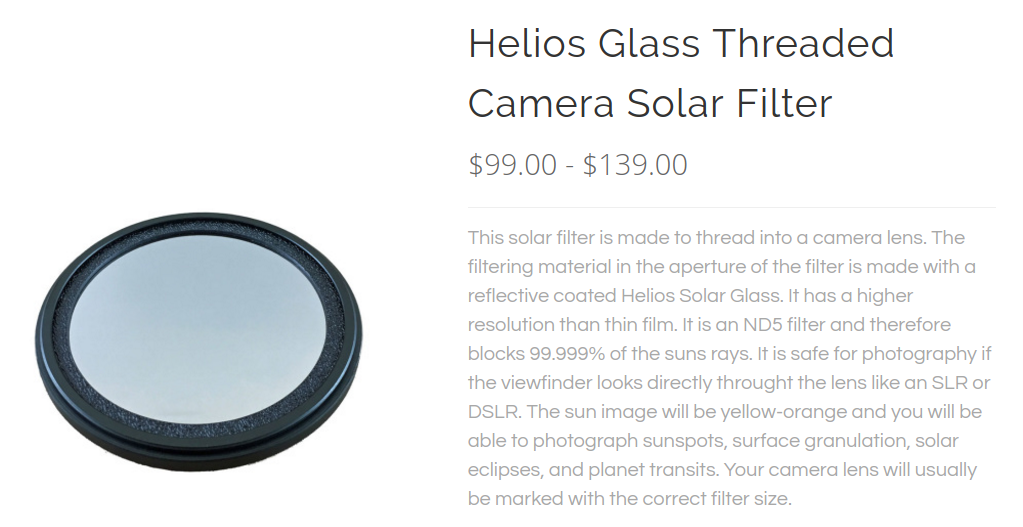
If you're planning to photograph the eclipse (who isn't?!), you need to protect your gear, just like you need to protect your eyes.
Seymour Solar has a variety of Helios solar filters that will give your gear the protection it needs.
With their glass solar filter, you get a high-resolution filter with ND5 stopping power. That means it blocks out 99.999 percent of the sun's rays.
Just screw the filter onto your lens and you'll be able to take photos of the sun as the moon passes in front of it.
With sizes that range from 37mm-95mm, you can find a filter for virtually any size of lens in time for the 2017 solar eclipse.
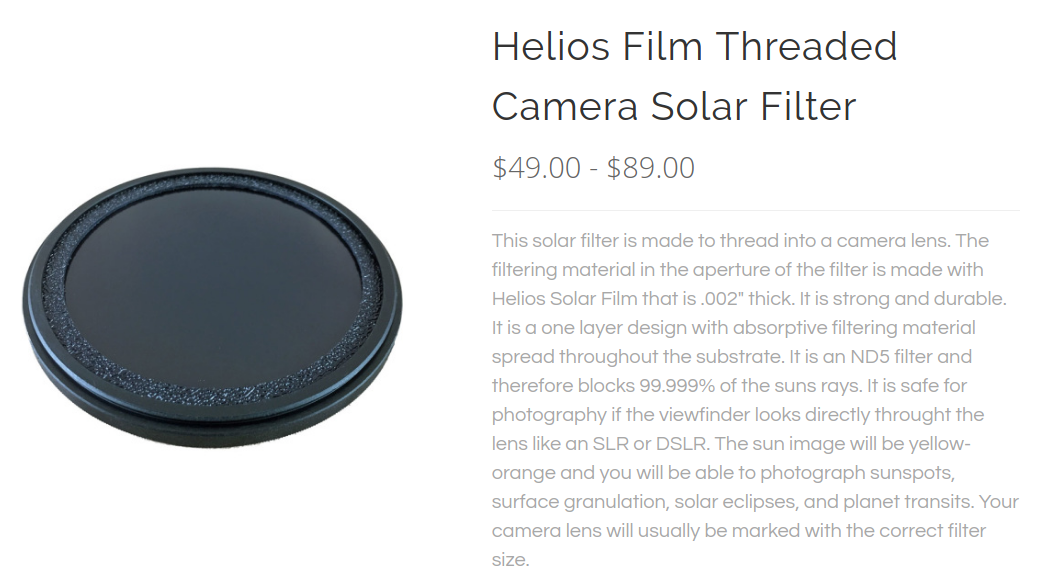
A more budget-friendly option is the Helios Film Threaded Solar Eclipse Filter.
Like the glass filter, this one screws onto your lens and comes in a wide range of sizes to accommodate just about any lens size.
But rather than using a glass material, this filter is made of Helios Solar Film that's just .002 inches thick, but still offers ND5 light-stopping power.
If you're on a bit of a budget, this filter might be the way to go!
Seymour Solar has other filter options, too, including a glass filter specially designed for use with telescopes, spotting scopes, and the like, as well as a film filter for the same purpose.
In other words, no matter if you're photographing the 2017 solar eclipse with your DSLR or film camera, or using a telescope or spotting scope to watch the events unfold, Seymour Solar has you covered!
Solar Eclipses Happen During the New Moon Phase
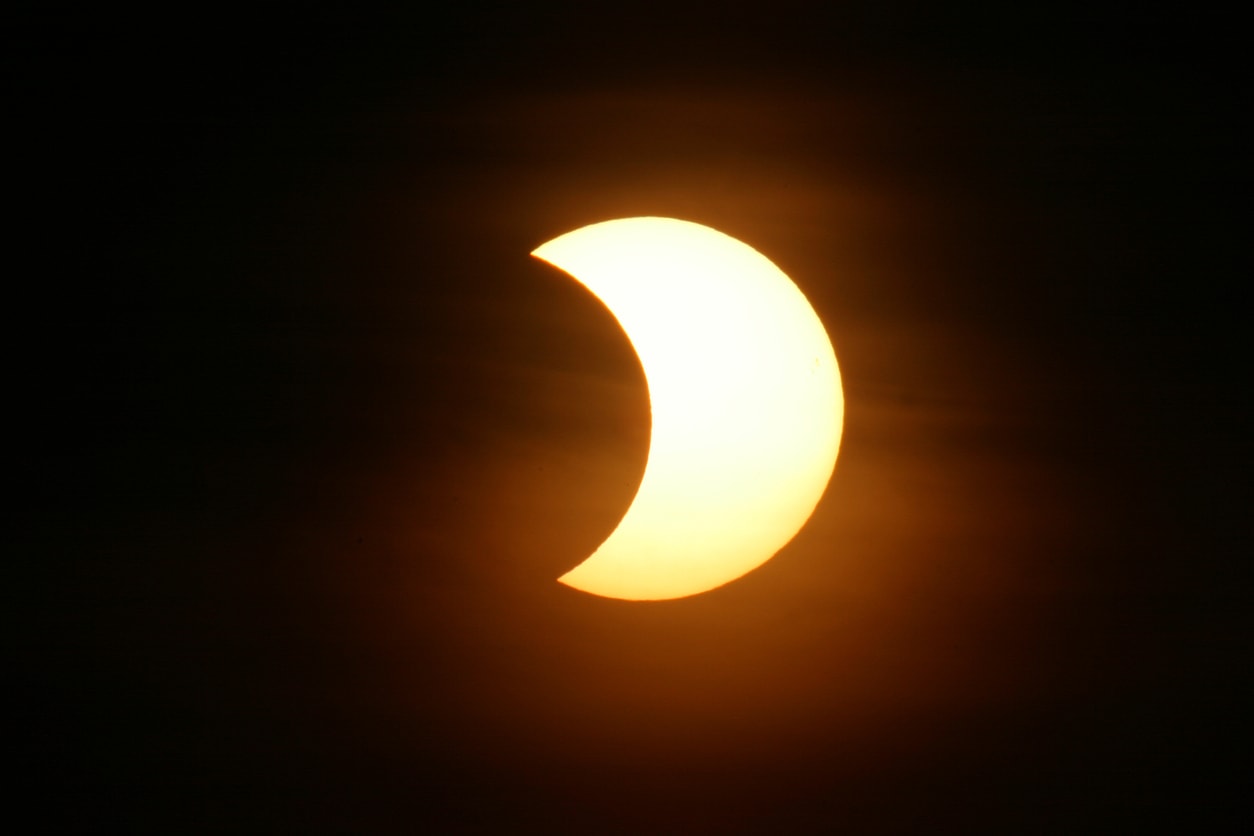
The moon has to be in a New phase if a solar eclipse is going to happen...
That's because the only lunar phase in which the moon is between us and the sun is during the New Moon.
However, a New Moon doesn't always mean an eclipse will occur.
Since the moon's orbit is tilted slightly to the earth's orbit, eclipses only happen when the sun is at the intersection of the earth's and moon's orbit paths and when the moon is in its New Phase. In most situations, the sun is either above or below this intersection, and there's no eclipse.
The Entire Continental United States Will See the Eclipse
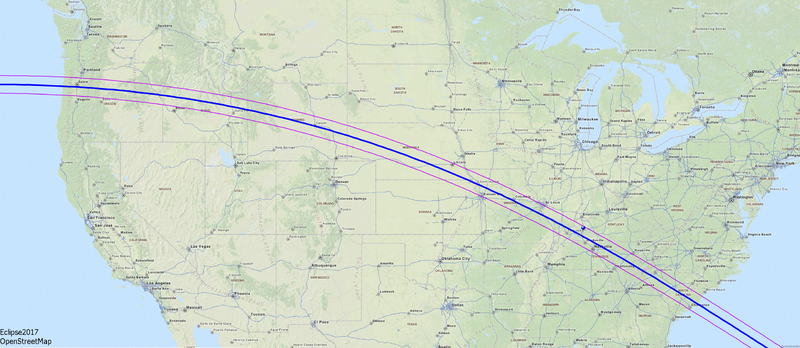 By Wolfgang Strickling [CC BY-SA 2.5 (http://creativecommons.org/licenses/by-sa/2.5)], via Wikimedia Commons
By Wolfgang Strickling [CC BY-SA 2.5 (http://creativecommons.org/licenses/by-sa/2.5)], via Wikimedia Commons
Though the prime viewing spots for the 2017 solar eclipse are along an arc that runs from Oregon to Wyoming to Missouri to South Carolina as shown above, everyone in the United States will have at least a view of a partial eclipse
Even as far north as Maine, viewers will see about half of the sun obscured by the moon.
Atlanta will see 97 percent coverage, Oklahoma City will see 84 percent coverage, Las Vegas will see 72 percent coverage...you get the point.
The best big city to view the eclipse, though, is Nashville, with nearly two minutes of total darkness.
The Longest Darkness is More than Two Minutes
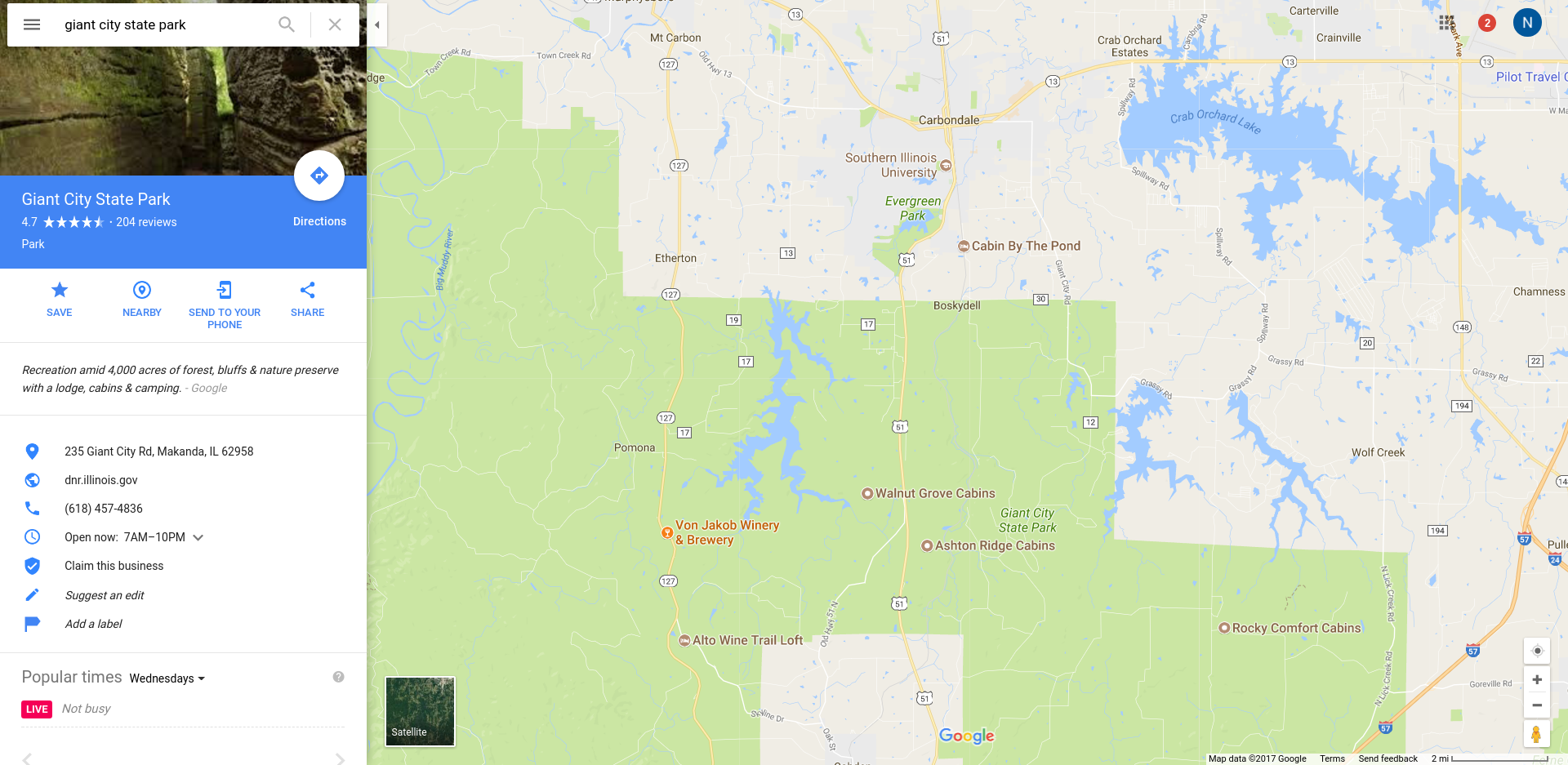
If you're lucky enough to be in the Carbondale, Illinois area, you can experience total daytime darkness for up to two minutes, 40.2 seconds.
That level of darkness will occur just south of the city in Giant City State Park.
If you haven't already made plans to be there, you better start now. I'd get there WELL in advance if I were you!
The Longest Possible Darkness for an Eclipse is MUCH Longer...
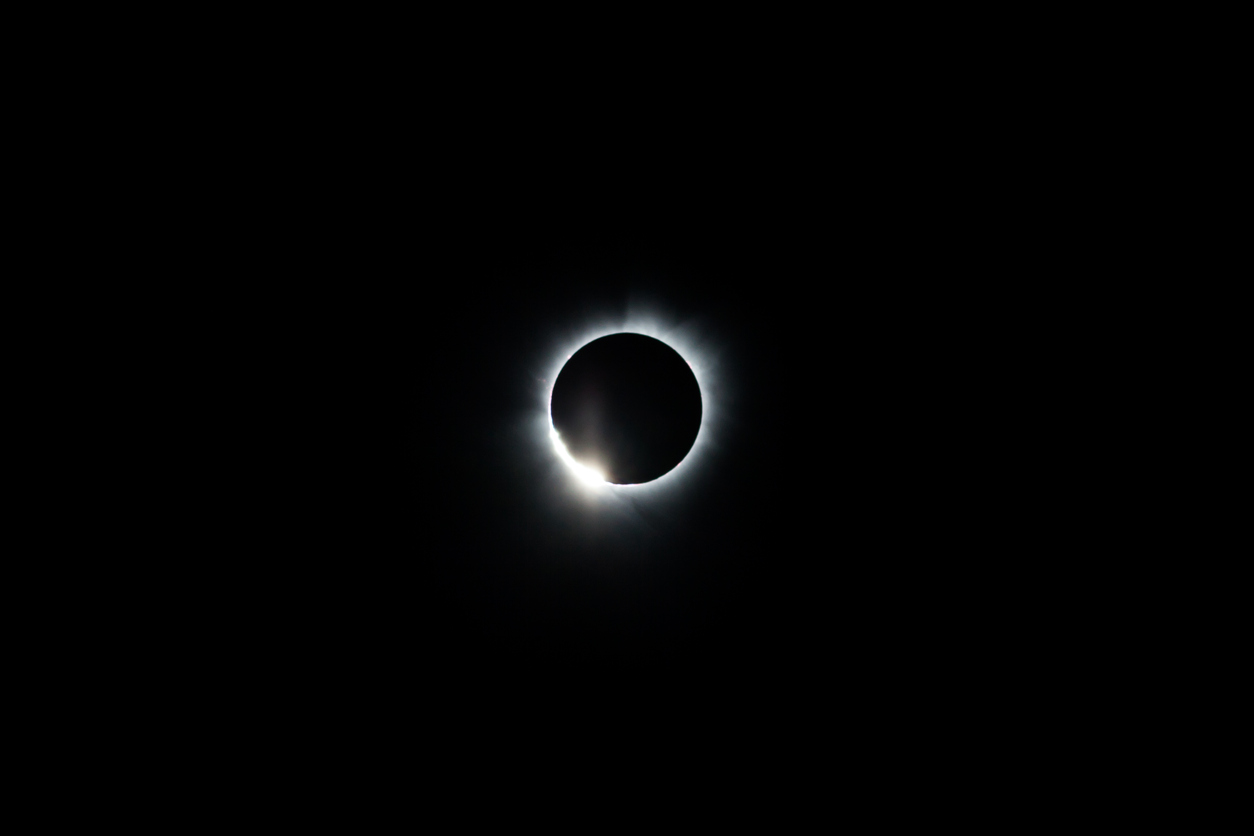
The total solar eclipse that occurred on June 30, 1973, lasted in some areas for 6 minutes, 55 seconds.
But the longest that total darkness can occur is a whopping 7 minutes, 32 seconds.
The next eclipse event that comes anywhere close to that will be on June 13, 2132.
Bonus: The Next Eclipse in the U.S.
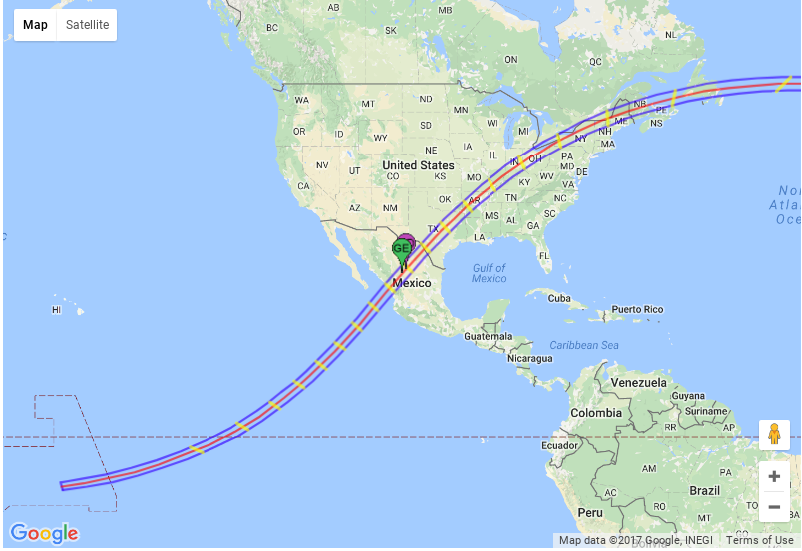 NASA
NASA
Fortunately, there's another total solar eclipse just around the corner.
On April 8, 2024, an eclipse will cover a path from southwestern Texas to Maine.
Depending on where you are along the path, you can experience total darkness for up to 4 minutes, 27 seconds.
After that, you'll have to wait until 2044, 2045 or 2078.
With that long of a wait, you might as well make plans now to be in the best position to see the 2017 solar eclipse!
We Recommend
How to Photograph the 2017 Solar Eclipse: Gear List
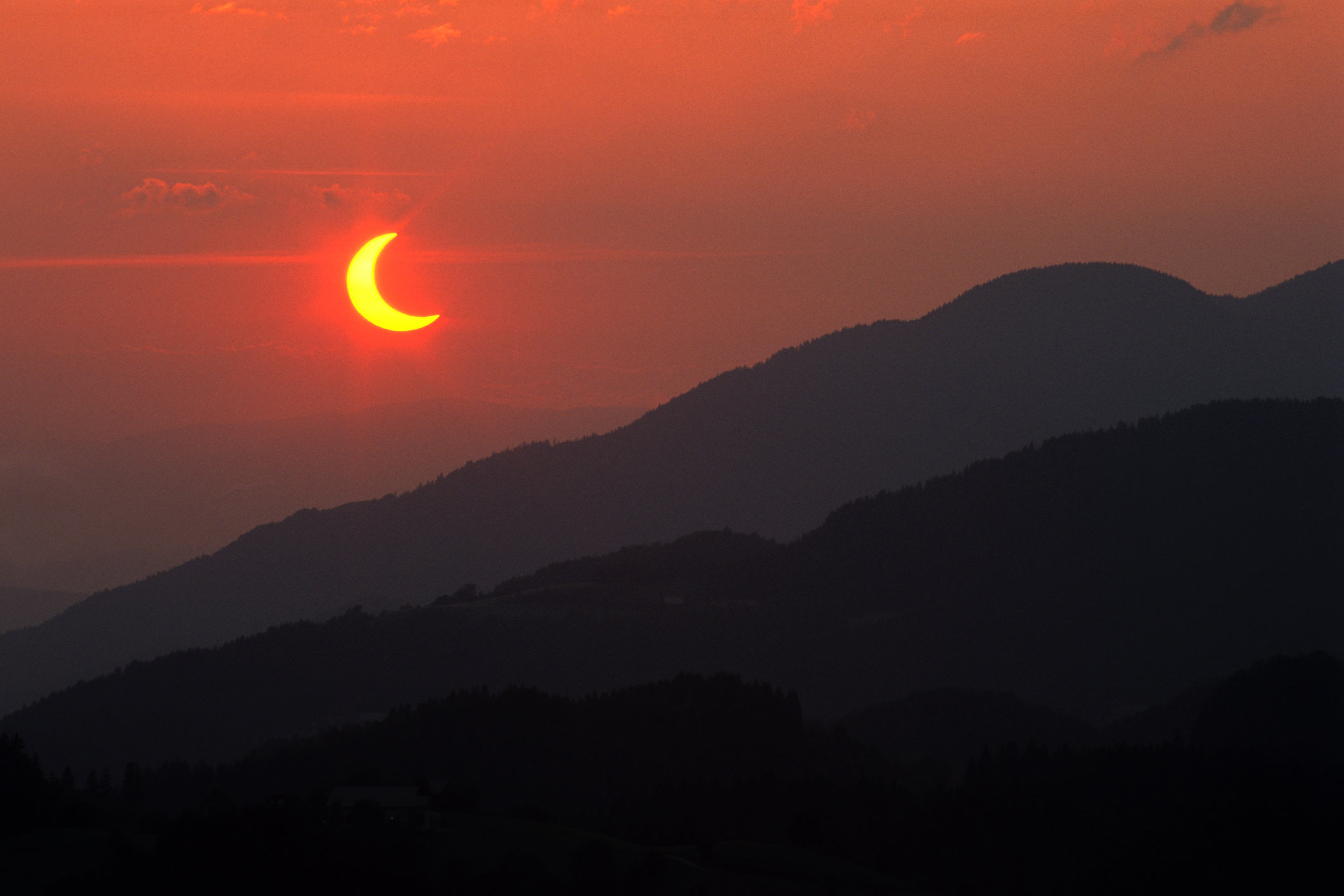
Mark you calendars for August 21, 2017, if you haven't already!
That's the day that a huge tract of North America will get to enjoy the first total solar eclipse in decades (and for decades to come, too).
People have been planning their journeys to cities in the path of the eclipse for some time now.
And a lot of those folks are more than just fans of seeing something rare...
They want to document the occasion with their camera, too.
If you're one such person but aren't sure how to photograph the 2017 solar eclipse, I've got a few tips for you.
First Steps
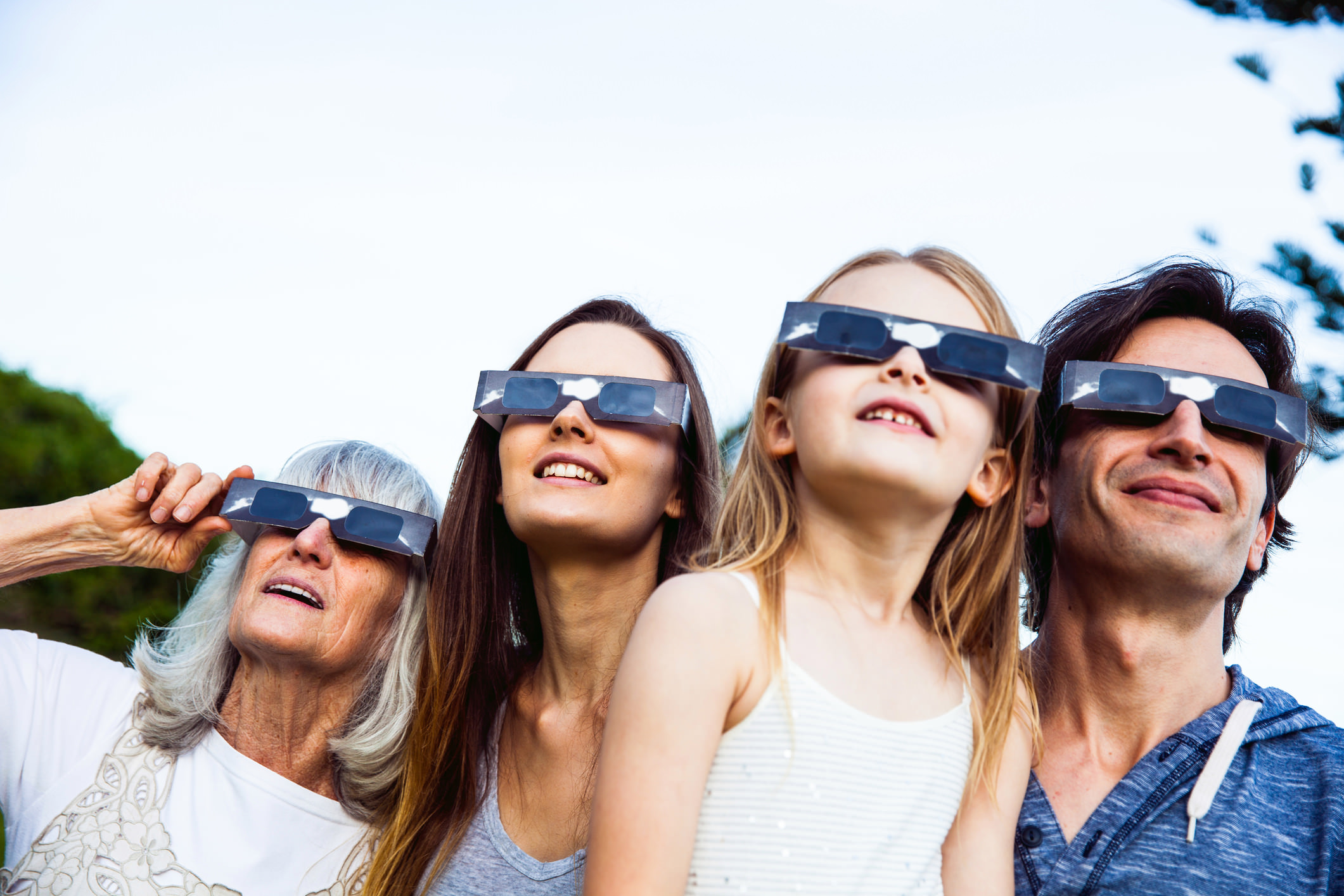
Naturally, planning is going to be an essential component of your solar eclipse photography.
If you haven't already, determining where you'll go to view and photograph the eclipse should be the first task.
Determining how you'll get there and when you'll get there is the second task.
You'll also need to scout locations well in advance. You want an unobstructed view of the sky so you can capture the sun without any distractions.
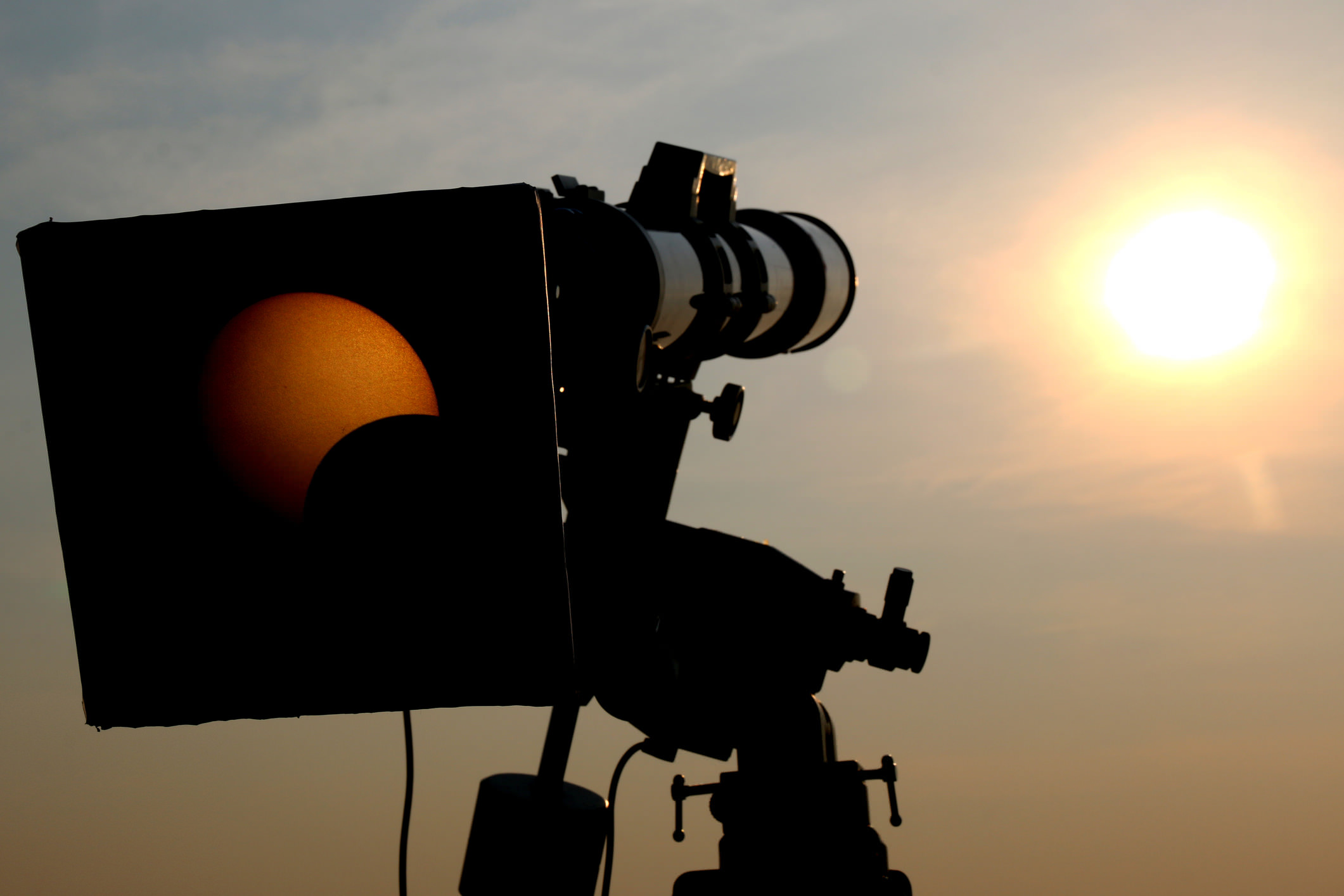
The key is to arrive early - and I don't mean 30 minutes before the eclipse.
In fact, you should be at your shoot location hours in advance, if for no other reason than to stake out a spot to set up your gear amongst all the other eclipse watchers.
Once there, you'll need to set up your gear. You want to be sure to have plenty of time to do so, too.
The question is, what gear do you need?
Gear List
Aside from eclipse glasses to protect your eyes, you'll need a host of photography gear to make taking photos of the event a possibility.
Camera
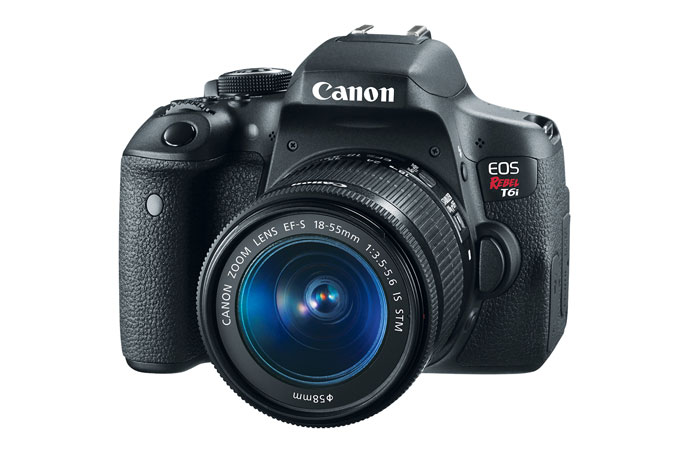
The idea that you need a big, expensive, professional camera to get nice photos of the 2017 eclipse is a total misnomer.
In fact, depending on how you want to photograph the eclipse and what you want to do with your images, you can use just about any camera.
With that in mind, if you have a consumer-level DSLR like a Canon EOS Rebel T6i, use it. If you have a Sony A7R, use that. Even your smartphone can get the job done, though the quality of the image will not be the same.
Lens
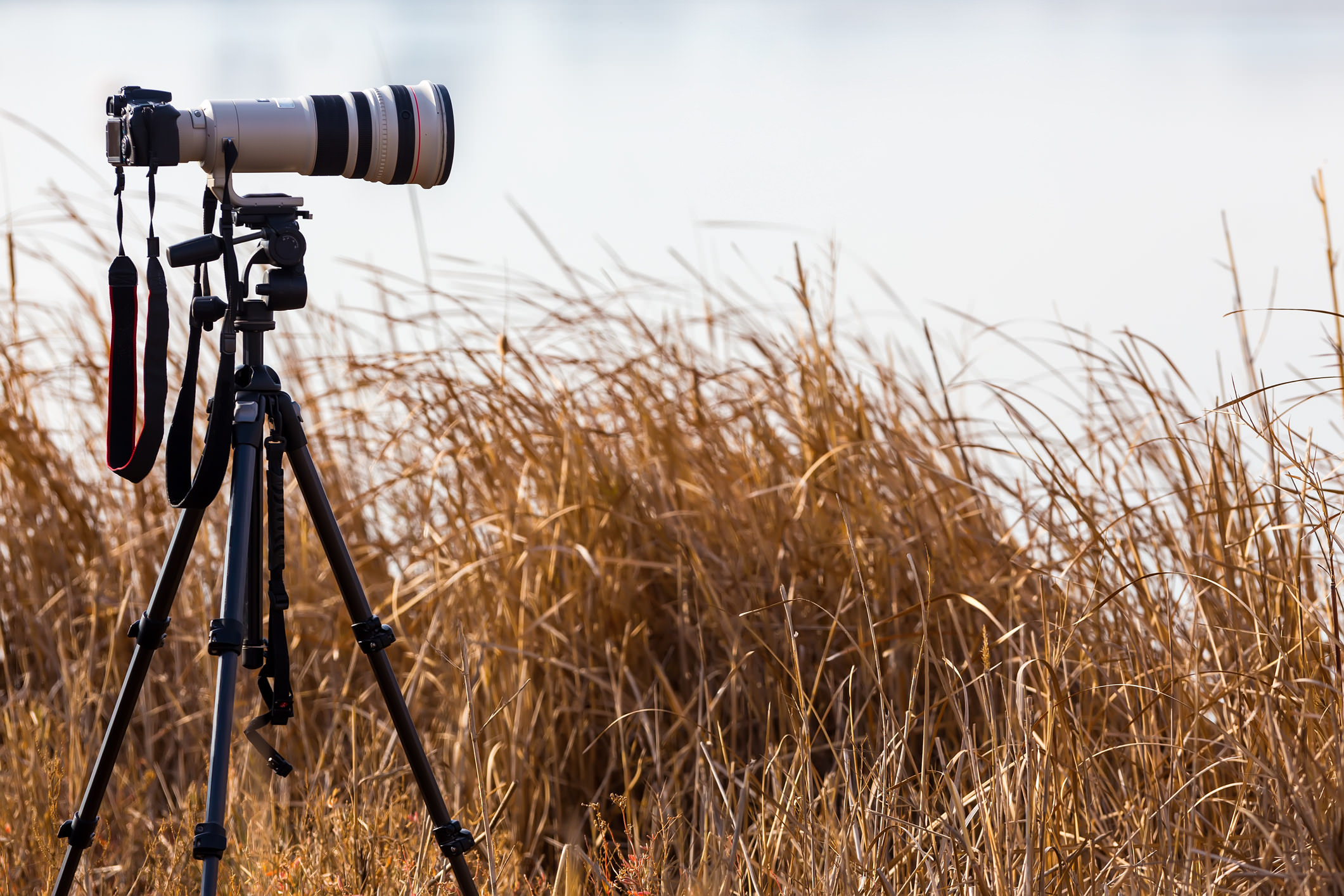
How the eclipse is rendered in the frame will depend in large part on the focal length of the lens you use.
If you use a wide-angle lens, the sun will appear quite small. Conversely, a telephoto lens will allow you to fill the frame with the sun.
The question is, what focal length do you need?
As a rule of thumb, to get a reasonably large rendition of the sun in the frame, you'll need at least 300mm of focal length.
Lenses of that length are quite spendy, though...
A good option is to rent a lens for the eclipse, that way you don't drop a couple of thousand dollars on a lens you might or might not use again.
Outfits like Borrow Lenses or Lens Rentals have good selections of lenses for reasonable prices. Just don't wait too much longer to reserve your lens, otherwise you might find they're all rented out!
Solar Filter
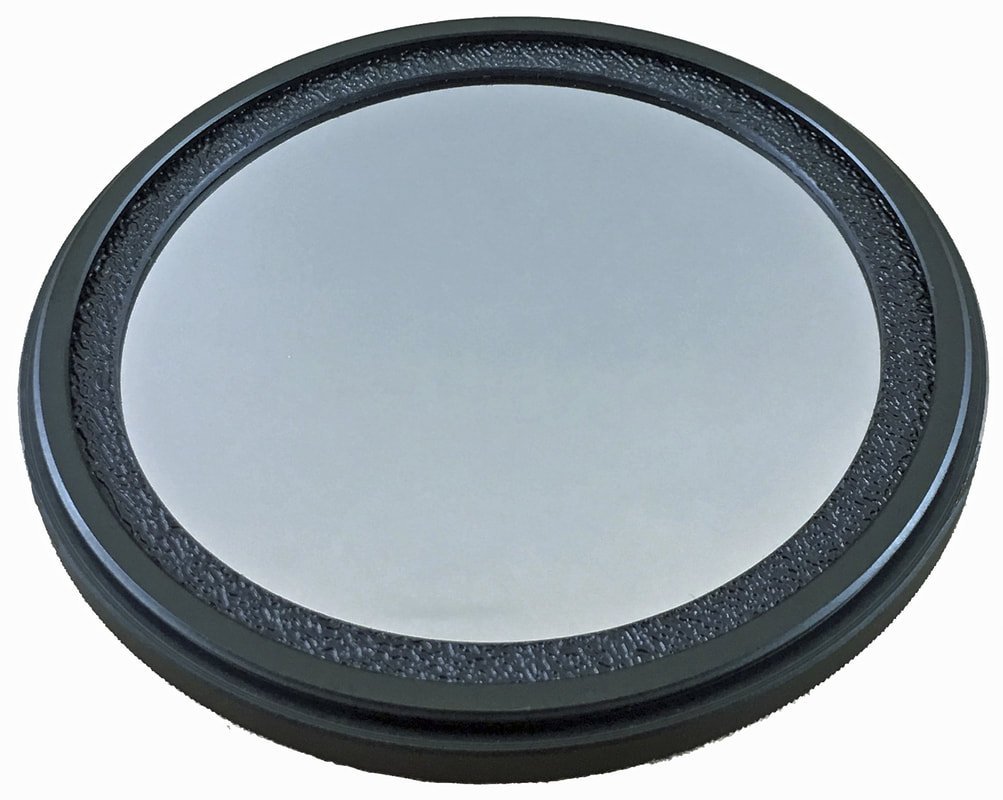
Protecting your lens (or your rented lens) and your camera from the intense rays of the sun is imperative.
To do so, you need a high-quality solar filter that will protect your gear without impacting your ability to get crisp, sharp photos of the event.
The Helios Glass Threaded Solar Camera Filter by Seymour Solar fits the bill beautifully, with reflective coating technology that offers higher resolution results than film solar filters.
These filters are available as ND 5 filters, meaning they block out 99.999% of light entering your camera's lens.
With this filter in place, you can photograph the eclipse in gorgeous detail. And once the eclipse is done, you can use the filter over and over again to take breathtaking photos of sun spots, solar flares, surface granulation, and more.
They're available in various sizes from 37mm to 95mm to accommodate a wide range of lenses as well.
That's not a bad deal if you ask me!
Learn more about the Seymour Solar Helios Glass Threaded Solar Camera Filter.
Tripod
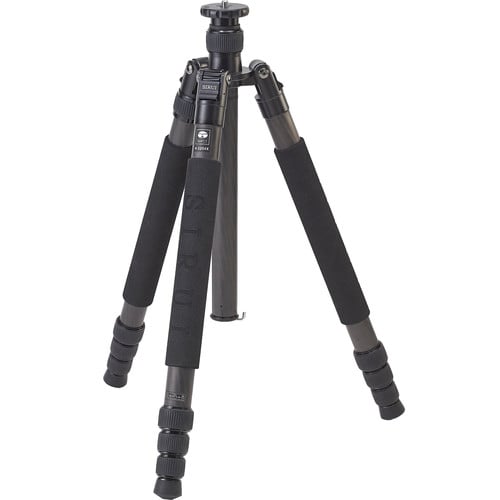
One of the most essential pieces of gear for photographing a total eclipse is a good, solid tripod, like the Sirui N-3204X shown above.
A tripod gives you camera the steady base it needs to get high-quality images (or videos) of the event.
Think about it - the eclipse will last a couple of minutes in the prime viewing areas, and you don't want to handhold your camera for that long.
Besides, handholding your camera will most definitely result in camera shake, rendering your images a blurry mess.
In other words, approach photographing the 2017 eclipse like you would night photography. After all, for a couple of minutes, it'll be dark as night anyway!
Camera Remote
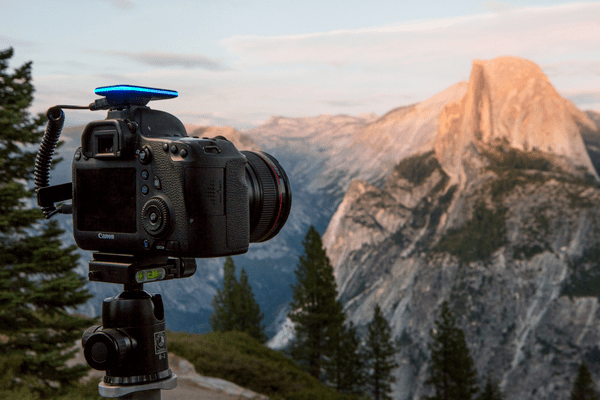
Another handy tool you'll most definitely want is a camera remote.
Like a tripod, a camera remote gives you the ability to step away from your camera to avoid camera shake.
But you certainly want the ability to trigger the shutter, and a camera remote does that.
Why stop at firing the shutter, though, when you can get a remote that does so much more?
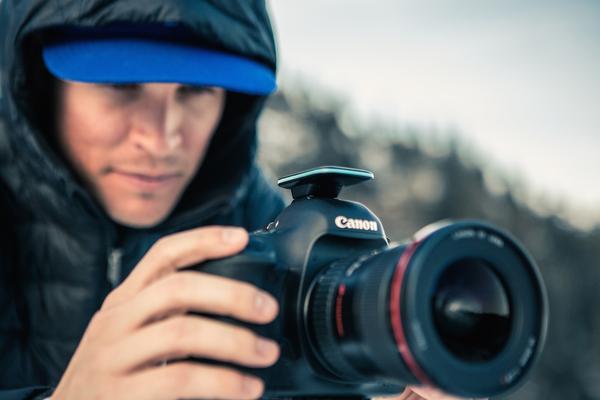
How about creating a timelapse video of the eclipse? Or a real-time video? Maybe a long exposure?
Pulse by Alpine Labs is a camera remote that can do all those things - and more.
Check and adjust camera settings, look at the histogram, and get image previews all on your smartphone.
Heck, you can control your camera via Bluetooth from up to 100 feet away, too.
That means you can set up your rig, find a place to sit down, and relax and enjoy the show while Pulse handles documenting the event!
Other Essentials
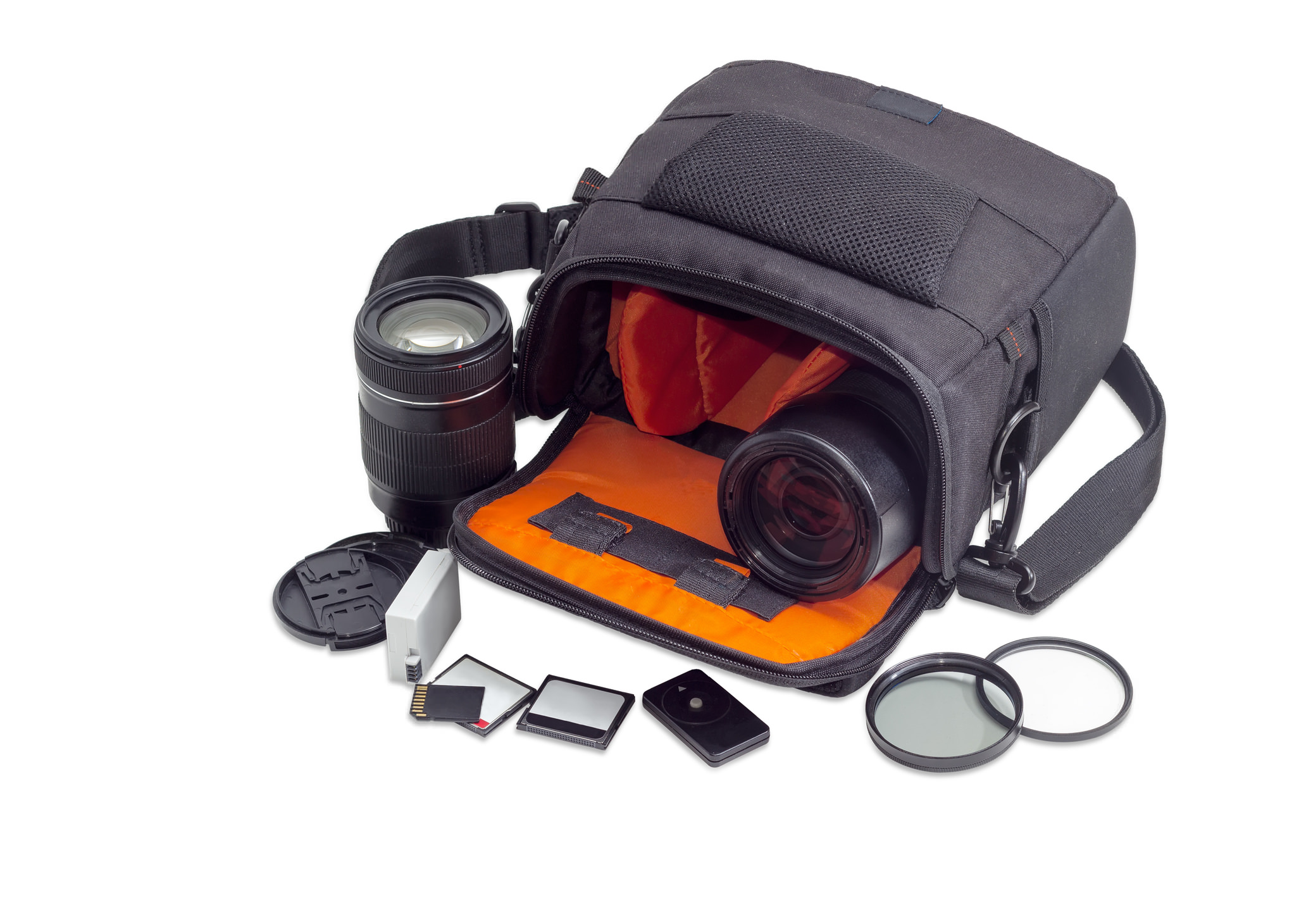
With the major gear out of the way, let's not forget all the other essentials you'll need for your solar eclipse photography:
- Extra batteries
- Extra memory cards
- Gaffers tape (to seal off light leaks and just about anything else)
- Smartphone apps to determine the precise time the eclipse will occur in your location
- A good camera bag to carry your gear
And that's not to mention all the stuff you need, too, like water, snacks, a comfy camp chair, and other creature comforts to make the 2017 eclipse a fun one.
Just remember, aside from all the gear you need, the planning stages of photographing the eclipse are even more important.
As I noted earlier, start planning your outing now, visit the shoot location ahead of time, figure out how you want to compose the shot, and practice taking the shot, too.
All that practice, time, and effort will pay off!
We Recommend
Solar Filter Buying Guide
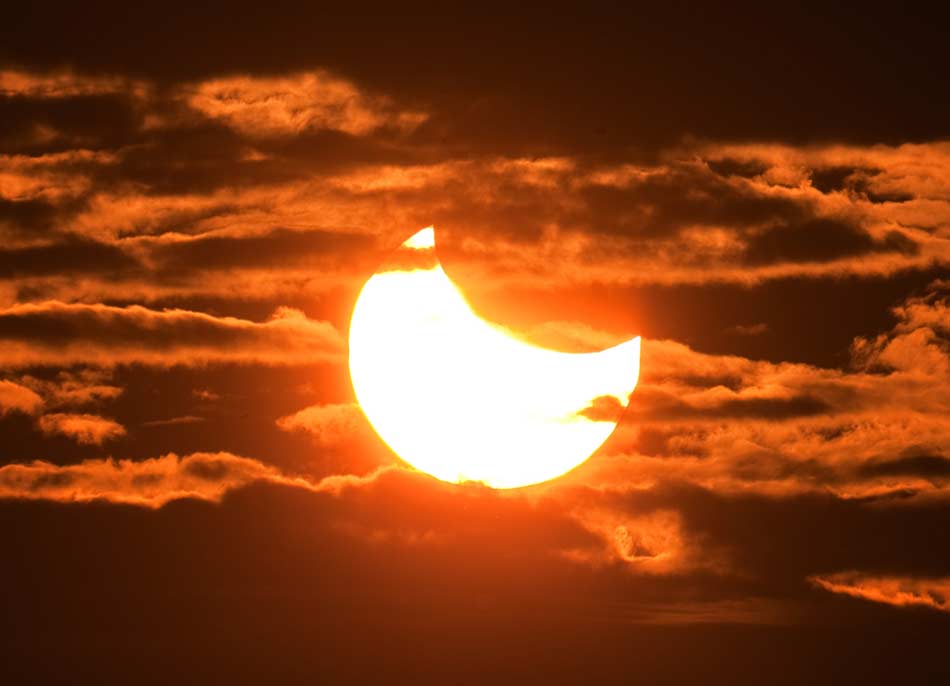
In 2017, interest in solar photography reached a fever pitch when the Great American Solar Eclipse made its way across the United States.
As epic an event that was, solar eclipses are actually fairly common. In fact, the next total solar eclipse in the U.S. is just a few years away in 2024.
But you don't have to wait for an eclipse to photograph the sun...
In fact, the sun is a fantastic subject for photography, provided that you have the right kind of solar filter to protect your delicate camera gear.
Here are a few critical questions to ask when buying a solar filter for your camera.
What Material is Best for Solar Filters?
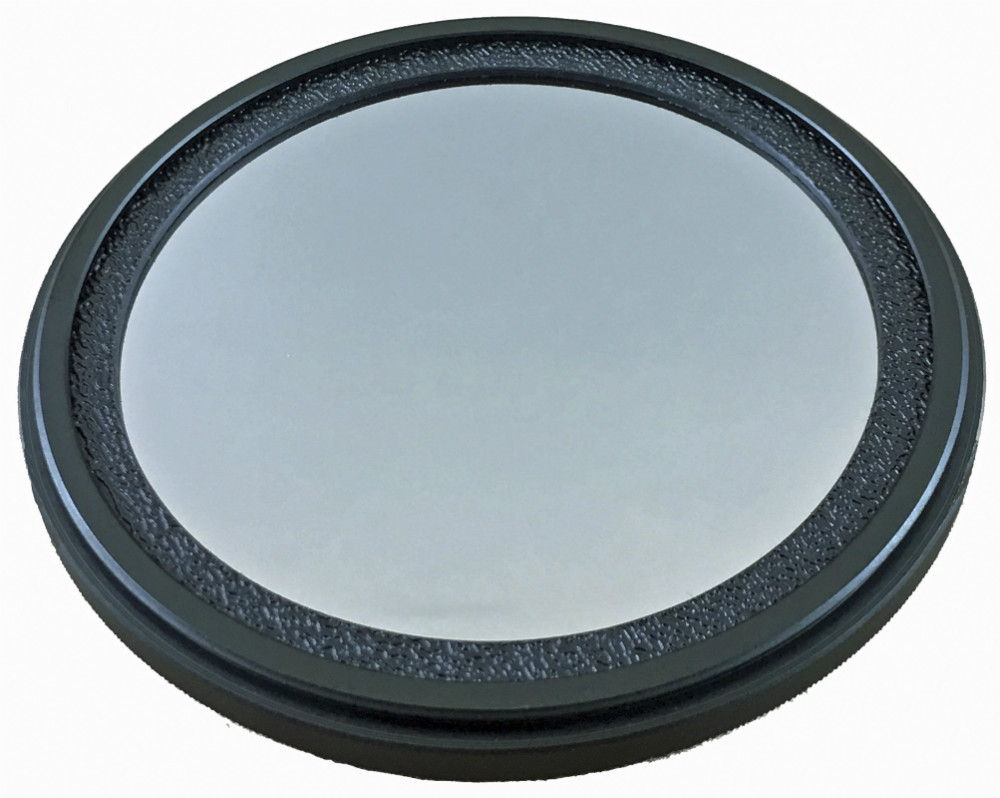
There are two common types of materials used to make solar filters - glass and polymer.
Of the two, glass filters offer better quality because the clarity of glass is significantly better.
This is an important point because when viewing a glass filter and a polymer filter with your eyes, you will only be able to tell a slight difference between the two.
As an example, the Helios Solar Glass® Threaded Camera Filter shown above boasts high-resolution, reflective coated Helios Solar Glass® with a filter rating of ND5.
That means that the filter blocks 99.999 percent of the sun's rays, making it safe for you to take photos of the sun.
When shopping for a good solar filter, a glass filter (the thinner the glass, the better) that's ND 4.8 or higher should be your top choice.
Should I Buy a Threaded or Slip-On Solar Filter?
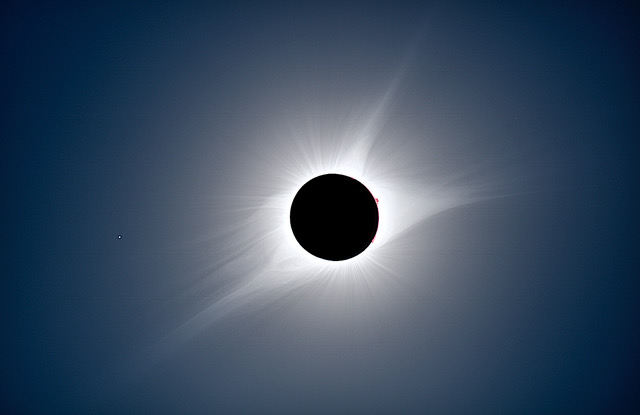
The manner in which the solar filter mounts to your lens is really a matter of personal preference.
For some photographers, a threaded mount is preferred if for no other reason than the friction required to mount the filter ensures a tight fit.
However, slip-on solar filters are easier to remove, and though some photographers worry that they don't offer as much protection against light leaks, this is simply not the case.
Light travels in a straight line - just like sound - so it can't turn the corner around the filter, and then again turn the corner into the lens.
As a result, the type of solar filter you choose - threaded or slip-on - comes down to personal preference as either type can get you awesome results like the image above.
How Can I Tell if a Solar Filter is of Poor Quality?
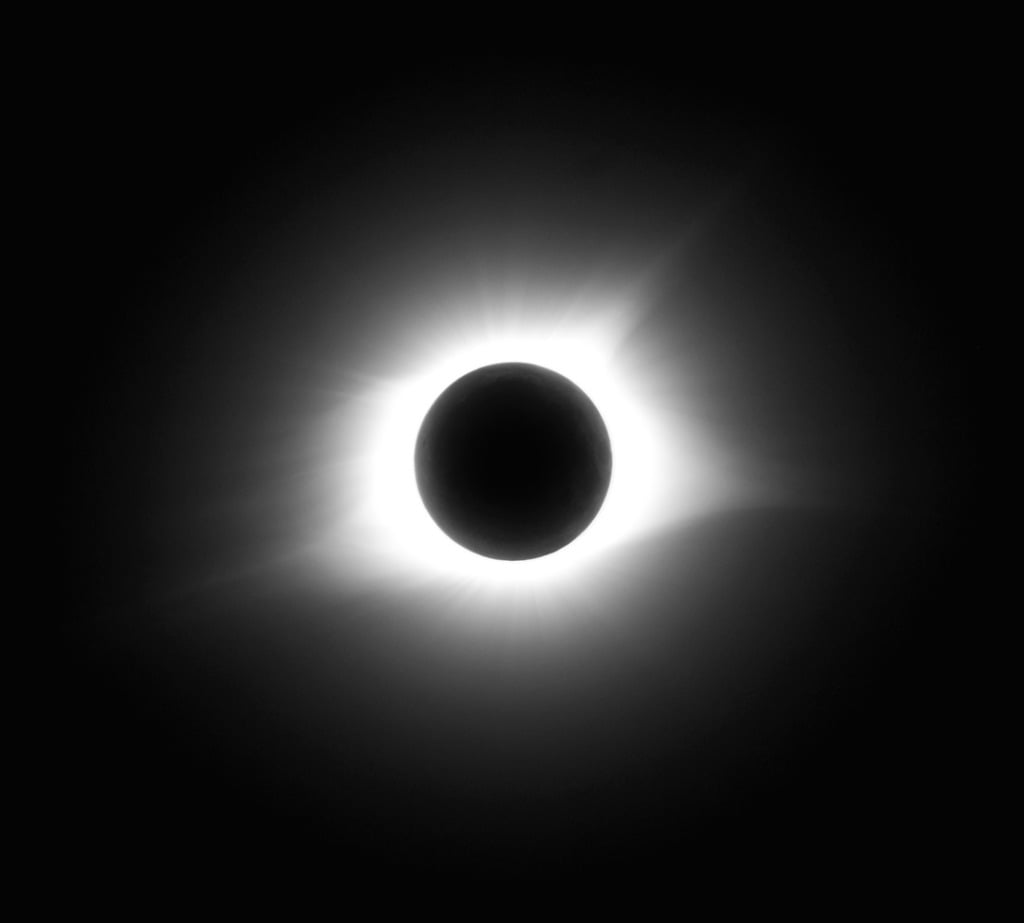
Investing in a solar filter means looking for a filter that's built to high-quality standards.
Often, finding that kind of filter also means understanding what constitutes a poorly build filter.
In this case, the primary indication of a poor solar filter isn't necessarily the housing in which it's mounted, but is instead the filtering substrate.
That is, if the material used to create the filter is subpar it will be easily scratched, experience flaking, or have pinholes in it, all of which can allow too much light into your camera, thus potentially damaging it.
If you look at a filter and see any of these aberrations on its surface, you know that it isn't worth the expense or the potential damage to your eyes!
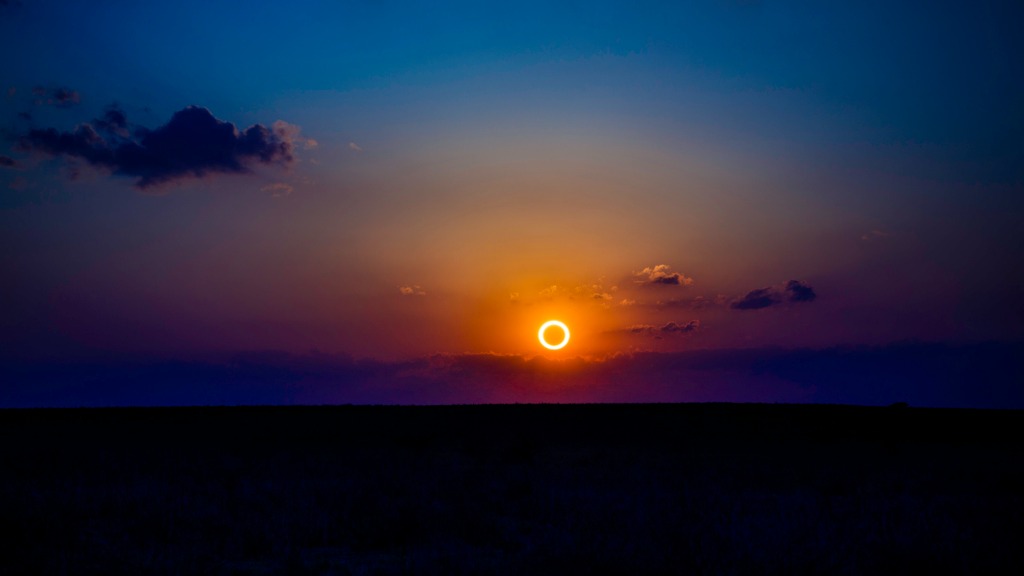
Instead, filters like the Helios Solar Glass® Threaded Camera Filter I mentioned earlier provide the type of high-quality construction you should demand.
These filters are built using a process that ensures good adhesion of the thin metal film coating to the filter glass, which protects against excessive scratching.
What's more, though pinholes can occur in the manufacturing process, Seymour Solar filters have a strict quality control. You might have one or two, but not usually. The acceptable threshold for pinholes is 20 per aperture inch, which produces no ill-effects for your solar photography. Pinholes are even easy to cover up - just use a permanent marker!
Using a quality filter like this ensures that you get the best possible images of the sun.
Are Solar Filters Durable?
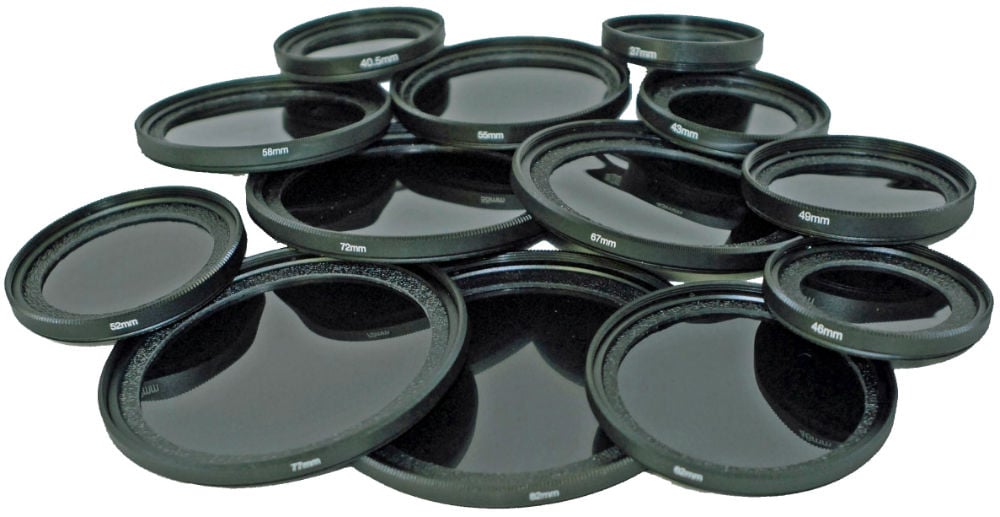
The short answer is no, not all solar filters are durable.
That's because cheap solar filters are poorly made, so with time, they will deteriorate and you'll find yourself having to buy a new filter.
However, well-built filters can last a lifetime, provided that you take care of them.
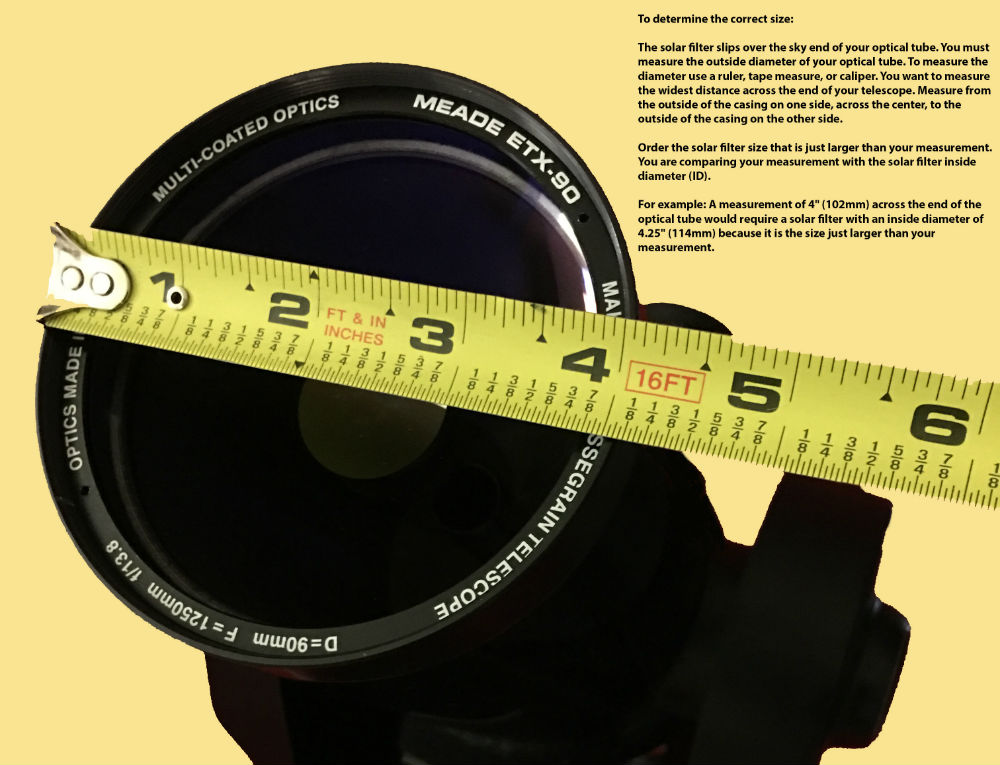
Proper cleaning is a must, so regardless of the type or brand of filter you buy, be sure to consult the cleaning directions provided with your filter to ensure a long life.
Proper storage of your solar filter is also a must - remove it from your lens and keep it in its carrying case when not in use to protect against scratches and other damage.
By sticking to these solar filter buying guidelines, you'll be able to find the right solar filter for you.
